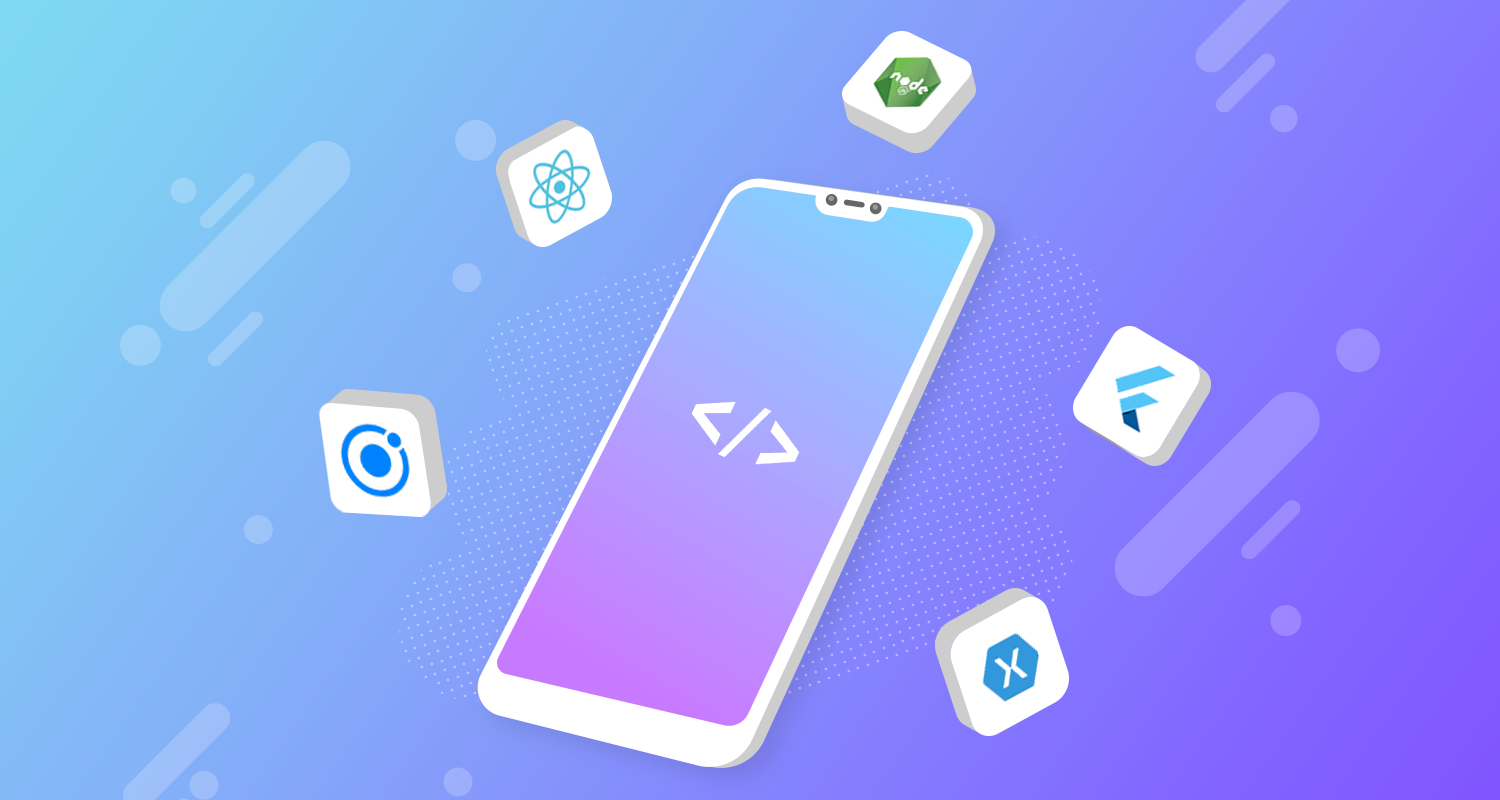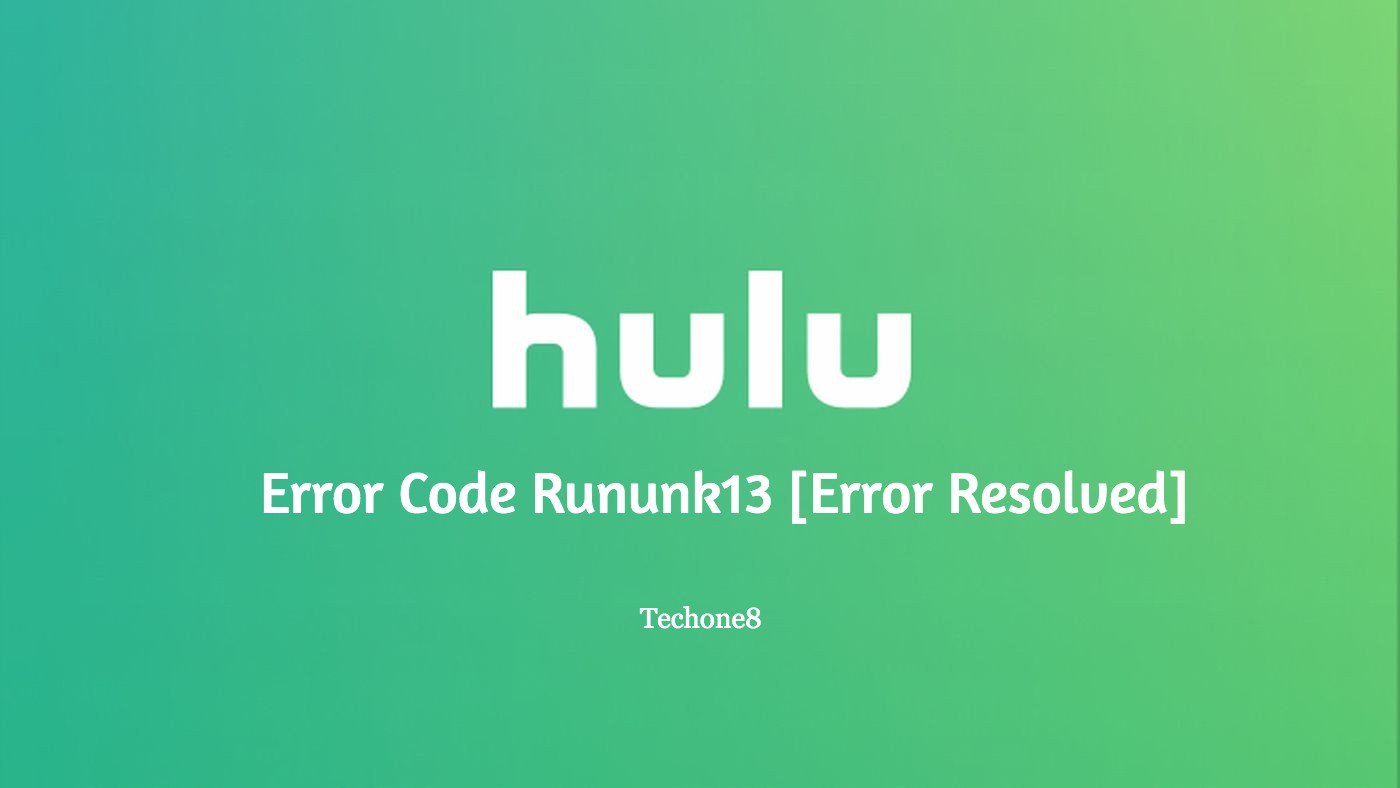As the world grows increasingly digitized, the demand for robust and reliable mobile applications has never been greater. Cross-platform apps development has emerged as a viable solution to address this need, facilitating the creation of apps that perform consistently across multiple operating systems. At the forefront of this revolution is Flutter, an open-source UI software development kit from Google.

Contents
Understanding Flutter Framework
Flutter is built on Dart, a language designed by Google that is both easily understandable to JavaScript or Java developers. It employs a unique approach to rendering, which helps to unleash the full potential of modern hardware. Flutter’s core principles revolve around a layered architecture, which allows full customization, resulting in fast rendering and expressive and flexible designs.
- Single Codebase: Flutter employs a single codebase for app development, which means developers can write one application that runs on both Android and iOS. This not only simplifies the development process but also significantly cuts down on time and resources.
- Hot Reload and Hot Restart: Flutter’s Hot Reload and Hot Restart capabilities allow developers to experiment, build UIs, add features, and fix issues quickly. Changes made in the code can be immediately seen in the app, which makes the development process incredibly efficient.
- Widget-focused Design: Flutter adopts a widget-centric design which makes the app look native to the platform it is running on. These widgets allow for a highly customizable interface that can be tailored to meet specific design requirements.
- Active Community and Strong Support: Flutter’s rapidly growing community provides robust support to developers. This community-driven platform continuously contributes to its development and improvement, making it a reliable choice for cross-platform app development.
Key Flutter Trends in 2024
This year has already seen several innovative trends in the Flutter environment. The “Hot Reload” and “Hot Restart” features, for instance, have changed the game for developers, allowing them to implement changes in real time without losing the current application state. Flutter has also moved towards ensuring ‘Null Safety’, which helps to prevent null reference exceptions. Recently, Flutter for Desktop and Web has been gaining traction as well, offering an expanded user experience beyond mobile platforms.
- Flutter’s Sound Null Safety: One of the major improvements in Flutter has been bringing sound null safety into the stable version. This feature helps in avoiding null reference exceptions, increasing the reliability and robustness of Flutter applications.
- FlutterFlow: A noteworthy trend in 2024 is the introduction of FlutterFlow. It is a low-code tool that has simplified the process of Flutter app development, making it more accessible for beginners.
- Flutter for Web and Desktop: Flutter is now not limited to just mobile apps. The focus on expanding to web and desktop applications is apparent, and this trend is expected to strengthen in the future.
- Integration with Fuchsia: Google’s upcoming operating system, Fuchsia, is being developed with Flutter as one of its primary user interface frameworks. This highlights the potential and trust Google places in Flutter.
- Improved Performance & Reduced Package Size: Flutter’s focus on optimizing performance and reducing the size of the packages is a trend that continues to gain momentum. The objective here is to enhance efficiency and speed up app launch times.
Why Flutter is the Future of Cross-Platform Apps
Flutter’s growing dominance in cross-platform app development can be attributed to its high performance and speed, courtesy of the Dart language and its direct communication with the native platform. The UI flexibility it offers, coupled with a rapidly growing community and robust support system, further bolsters its position as the future of cross-platform apps.
- Ease of Learning: Flutter is known for its easy-to-learn programming language, Dart. Its straightforward syntax and powerful command-line interface make it a popular choice for beginners.
- Hot Reload Feature: One of the most loved features of Flutter is Hot Reload. It allows developers to see the impact of changes almost instantaneously, significantly speeding up the development process.
- Single Codebase: Flutter’s single codebase technology enables developers to write code once and utilize it across multiple platforms, saving time and resources.
- Strong Widget Library: Flutter boasts a robust widget library, enabling developers to create visually appealing and user-friendly interfaces.
- Wide-ranging Plugin Support: The extensive range of plugins available significantly eases the integration of third-party services into apps.
- Consistent User Experience: With Flutter, the consistency and standard of the user interface remain the same across different platforms. This consistency extends even to older versions of Android and iOS.
Conclusion
Flutter has convincingly carved a niche for itself in the realm of cross-platform app development, with its innovative features and robust performance making it a preferred choice for developers. The flutter trends and advancements we’ve seen in 2024, including the Hot Reload and Hot Restart features, Null Safety, and expansion to Desktop and Web platforms, only underscore its growing influence. With its strong foundation, versatile capabilities, and a burgeoning supportive community, Flutter’s future in the cross-platform application landscape looks promising and transformative. Its ability to enhance developer productivity and application performance will, undoubtedly, continue to fuel its popularity in the years to come.




